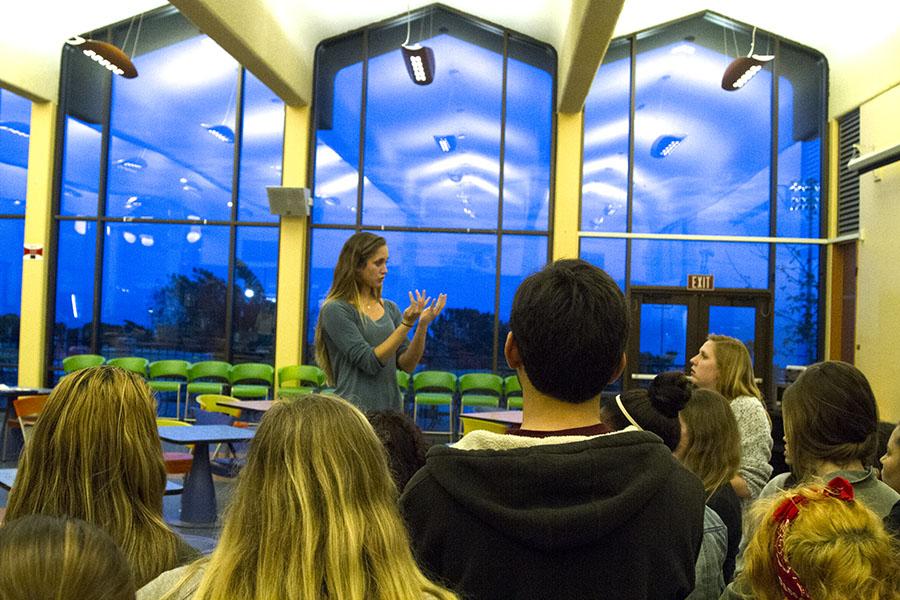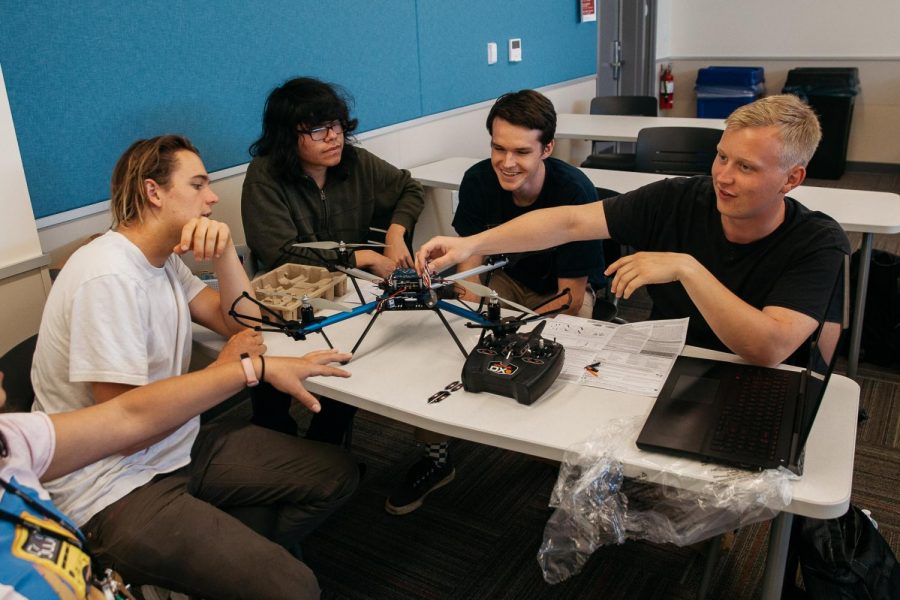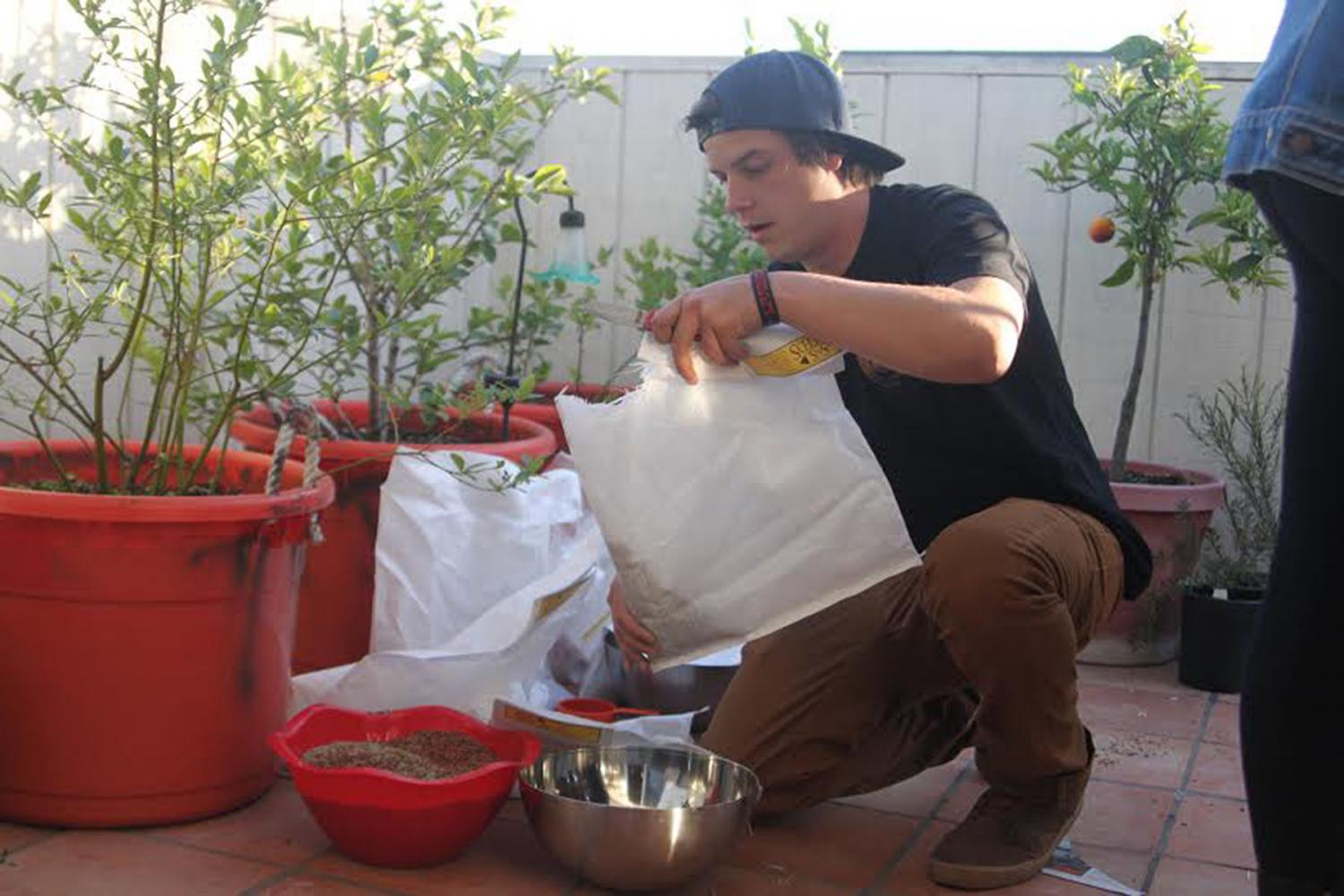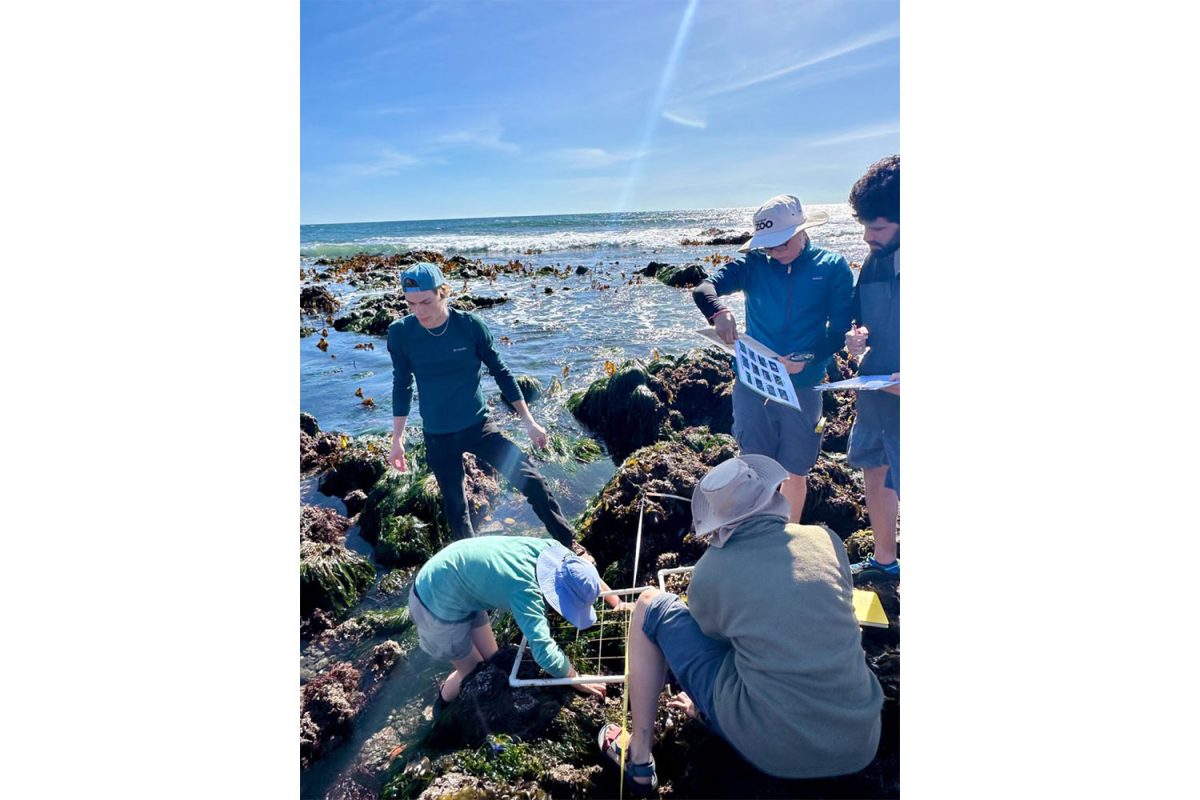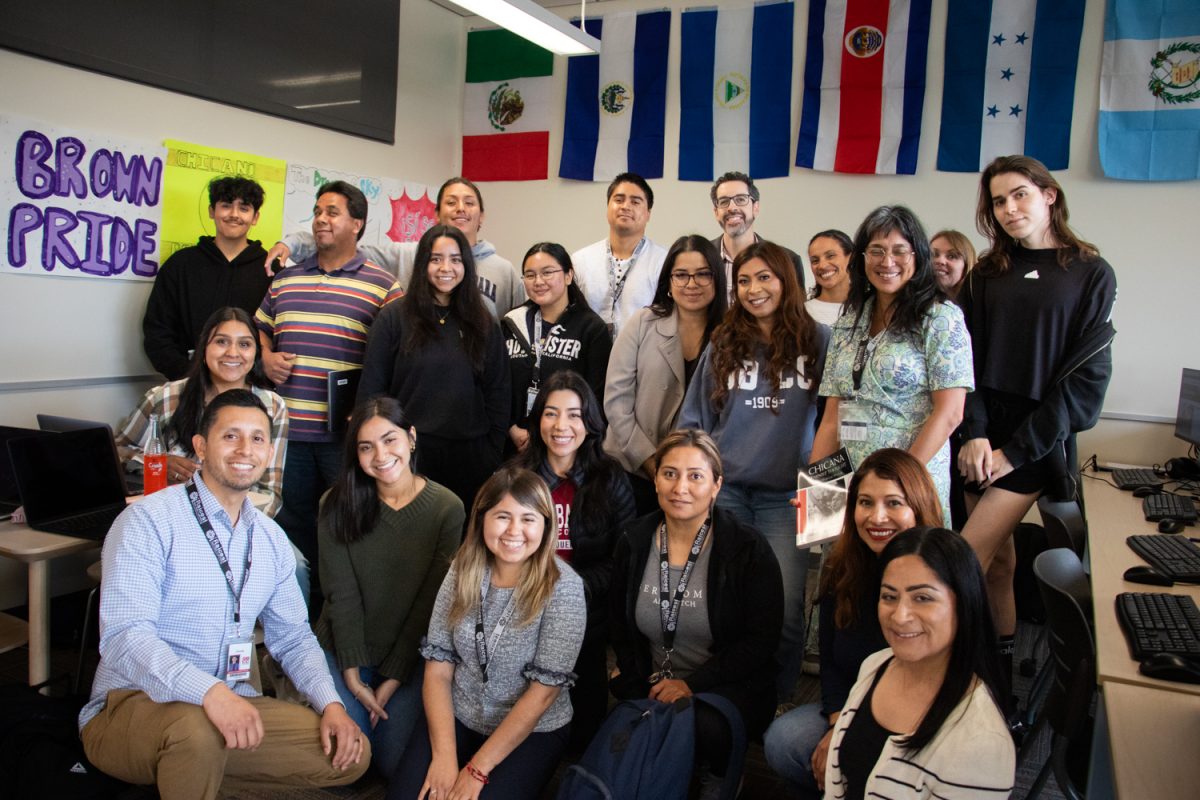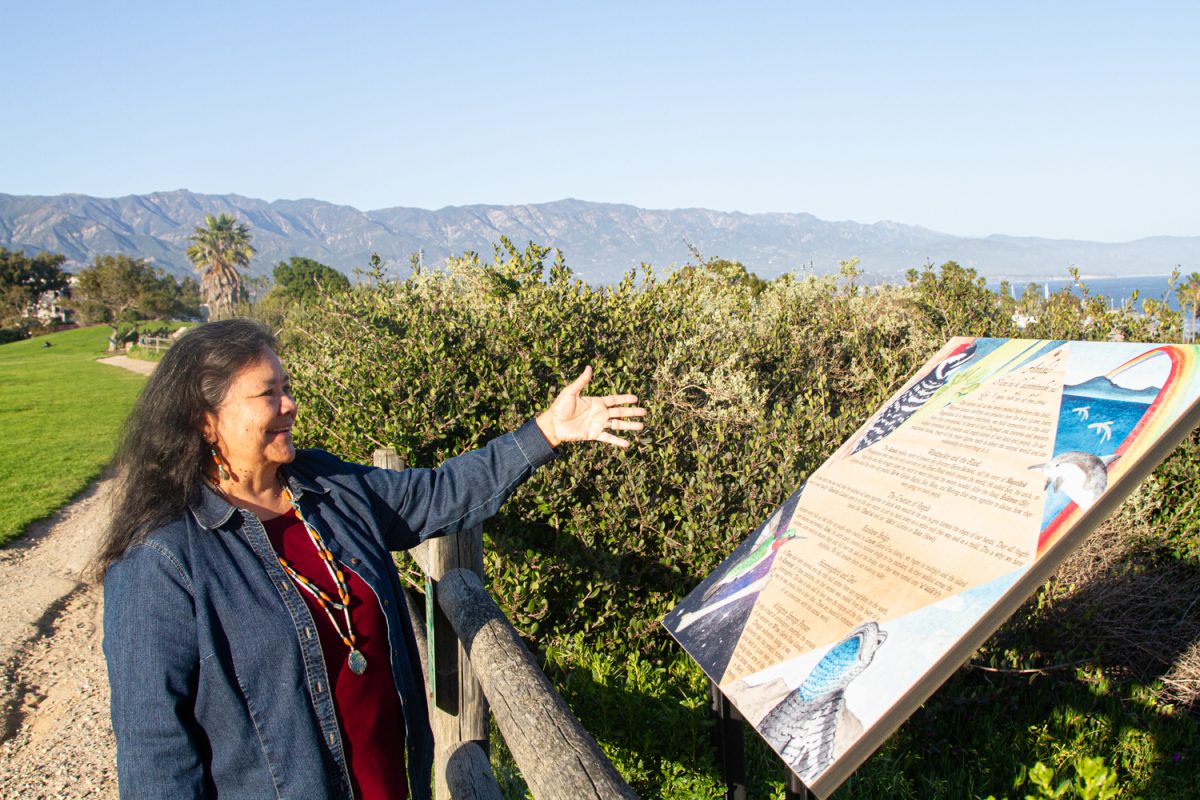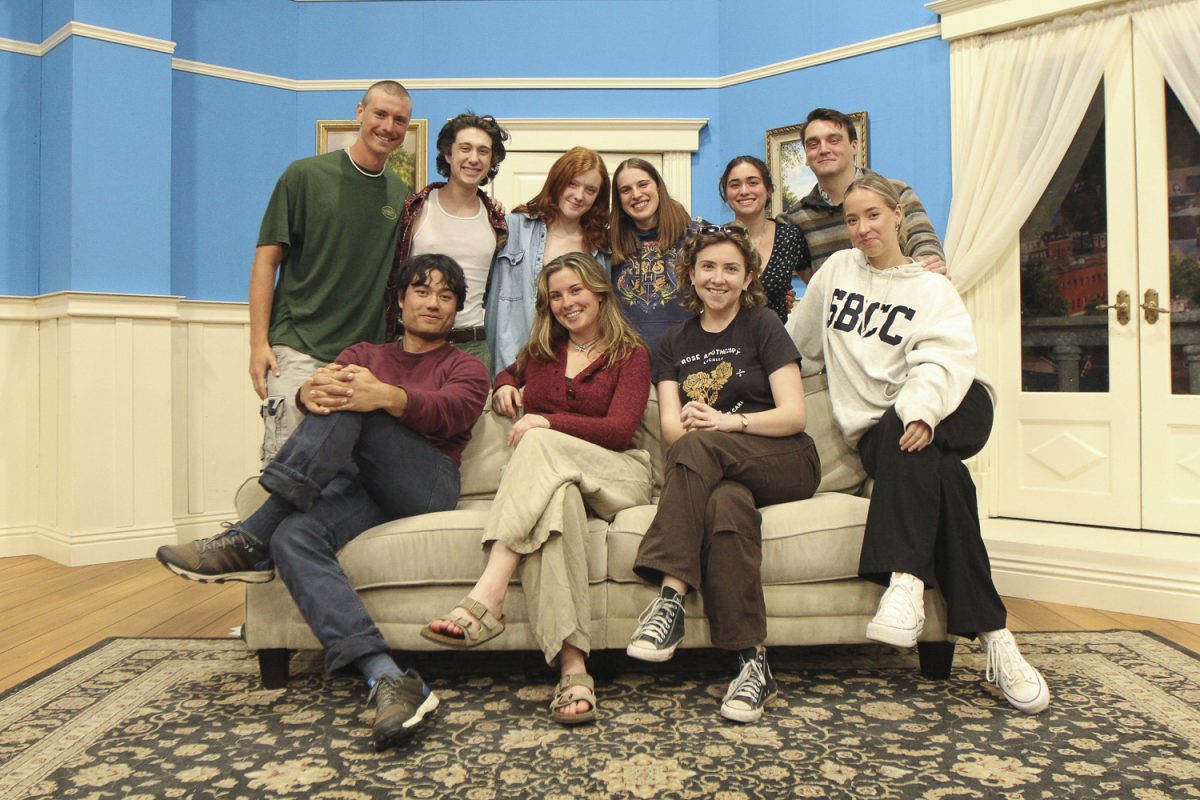Can a capital letter make a huge difference? Apparently it can, and it’s a difference that defines a specific culture – deaf and Deaf.
Without language, culture has nothing to offer.
“By capitalizing the word ‘Deaf’ you are referring to a culture, rather than a medical condition,” Ignacio Ponce, ASL instructor, wrote in an interview. “Deaf with a lowercase refers to the inability to hear; a pathological condition for defining people who are unable to hear.”
The capital “D” Deaf and lowercase “d” deaf is a specialized lingo that describes different meanings in American Sign Language. The Deaf Community, also known as Deaf culture, views deafness as a way of life – not as hearing impaired.
Inside the Deaf Community members have levels that range from severe to slight hearing loss. Ponce was born with residual hearing, but now cannot hear anything.
“Maybe I started to respect more this fact once I went to California State University Northridge and majored in deaf studies,” Ponce wrote. “I began to understand myself better as a Deaf person. I think all who grow up Deaf consider ourselves members of the Deaf Community.”
Hearing can be stimulated by amplifying sound using a hearing aid. The use of hearing devices in the Deaf Community is split. Some members go against cochlear implants while others use them.
“Many members of the Deaf Community have cochlear implants,” Ponce wrote. “I have considered [a hearing aid], but I don’t think I need it. I’m happy the way I am.”
Michelle Walsh, ASL instructor, said Deaf people take pride and have a positive attitude about their cultural group.
“The Deaf Community is proud of their identity,” Walsh said. “If you asked a Deaf person if they could become hearing, they’d probably respond ‘no.’”
A feature of this culture is the mastery of hand movements, skillful storytelling and facial expression. Signers are animated because the language uses unique body and face gestures as grammar.
“The sign for ‘tired’ and ‘very tired’ is the same, but what makes a difference is the facial expression,” Ponce wrote. “In ‘very tired’ you have to show [with your face.]”
Deaf people live more visually than those who hear. Signers hands and face are in constant movement, with their eyebrows expressing the sentence meaning.
“In ASL, facial expressions are part of the language. While in the hearing community, facial expression may be considered awkward,” Ponce wrote. “As in other cultures, Deaf people have socializing values. Socializing face to face is the key of ASL.”
Deaf culture’s primary form of communication is signing. However, oralism has gained popularity in education of Deaf students instead of sign language.
“Nowadays many schools want to educate Deaf children with an oral method,” Ponce wrote. “It’s basically lip reading and ASL would come second. The Deaf Community wants both equally.”
Even though Deaf people face unique challenges in a hearing world, they band together with similar views and behaviors.
“Other values, include information sharing and sharing every experiences pertaining to Deaf Community and the struggles Deaf people face,” Ponce wrote.
According to the Modern Language Association, ASL is the fourth most commonly used language in the United States.
Ponce mentioned City College has four or five Deaf students on campus.
“Santa Barbara the city is small, but we have a somewhat large Deaf Community,” Ponce wrote. “We are fortunate to have a large group of students who share the same passion for learning ASL and immersing themselves in the Deaf Community.”
Jessica Clark, 20, City College ASL club president, said learning the language opened a fresh outlook about communication.
“Going from being a hearing person and learning sign language to being involved with the Deaf Community is different,” Clark said. “You have to be more accepting and open minded of the culture. It’s a visual language, so there aren’t many secrets when you can see what people are discussing with their hands.”
Clark recalls her first day of Ponce’s class as nerve-racking. City College ASL classes do not allow speaking while learning the curriculum.
An interpreter was provided the second class, after Clark only communicated by signing. With practice she learned quickly.
“When I first learning sign language it was scary. You must look at everything the instructor’s doing and piece things together,” Clark said. “Once you get use to it, ASL is fun and opens up a whole new world. My goal is to inspire more people to want to learn sign language.”


